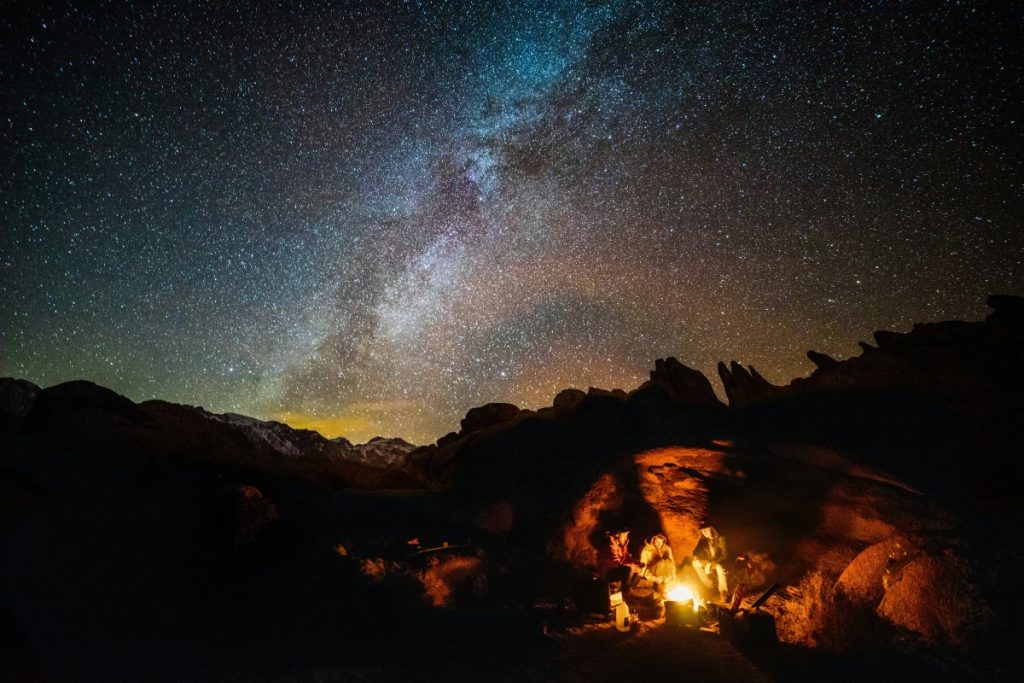In 2025, remote destinations with access to celestial events, animal migrations, and other natural phenomena are expected to become more popular among travelers. Expedia’s Unpack ’25 report highlighted the trend of travelers wanting to experience eclipses, meteor showers, volcanic eruptions, and more. A survey of 25,000 travelers found that 80% of respondents consider it important to stay in a place that offers prime viewing spots for natural phenomena. The Northern Lights emerged as the most popular attraction, followed by geological wonders like volcanoes, geysers, and hot springs.
The surge in interest in natural phenomena is partly attributed to events like the Great North American Eclipse in April, which drew millions of eclipse-chasers and stargazers to cities within the path of totality. Destinations looking to capitalize on this opportunity are encouraged to accentuate their natural wonders in marketing efforts. Unique phenomena like the Northern Lights, penguin migrations, bioluminescent plankton, and more can set destinations apart from competitors. Examples of destinations worth highlighting include Arches National Park in Utah and the Lapland region in Finland.
Vertical video content can be utilized to showcase natural phenomena and attract more engagement on platforms like TikTok. Using authentic content that captures the magic of these experiences can be particularly effective in attracting travelers. Destinations are advised to tap into the trend of “live tourism” by emphasizing the unique and fleeting nature of these natural experiences. Encouraging travelers to witness these phenomena in person can create unforgettable memories and personal connections during their trips.
Travelers are increasingly seeking opportunities for social interaction and bonding during their travels. Destinations featuring rare natural wonders provide a unique setting for travelers to connect and create lasting memories together. Highlighting the social aspect of experiencing phenomena like starling migrations or tides exceeding 50 feet can enhance the overall travel experience. Learning from successful marketing strategies of destinations like Iceland, which saw a tourism boom by promoting its volcanoes and Northern Lights, can provide valuable insights for destination marketers.
Researching how other destinations have successfully marketed natural phenomena can help fine-tune marketing strategies. For example, analyzing the marketing campaigns of destinations that experienced a surge in tourism during events like the total eclipse can offer valuable lessons. Understanding the nuances of marketing around natural phenomena, such as the effectiveness of highlighting the rarity and otherworldliness of these experiences, can help destinations attract more travelers. By leveraging social media platforms, emphasizing the uniqueness of their natural wonders, and promoting the social aspect of these experiences, destination marketers can make the most of the growing interest in natural phenomena among travelers.















